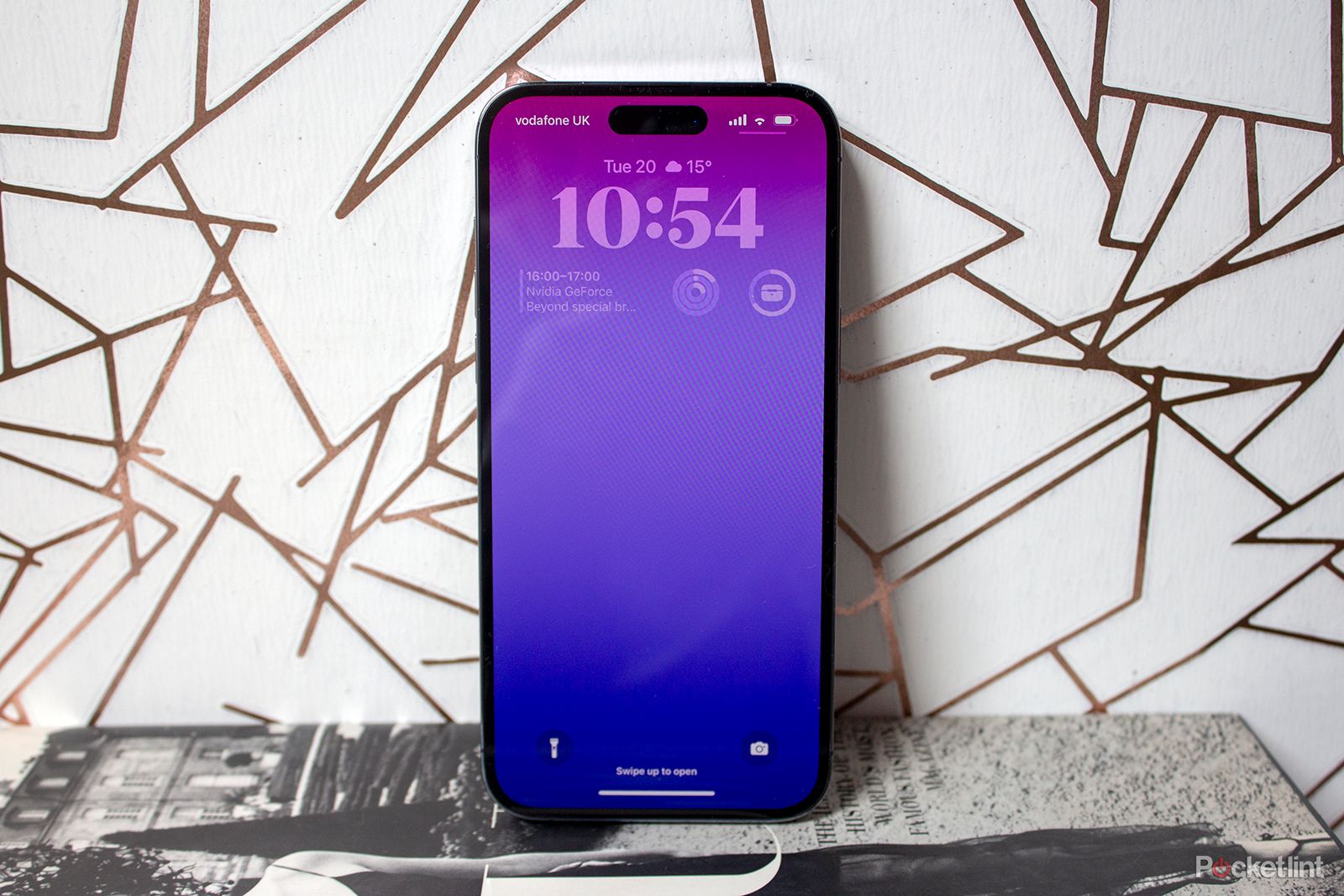What Happened
Apple recently announced its upcoming operating system, iOS 26, during the Worldwide Developers Conference (WWDC) held on June 9, 2025. This new version will introduce a range of features, including a revamped user interface known as “Liquid Glass,” which aims to enhance the visual experience on Apple devices. The developer beta of iOS 26 is already available for registered developers, while a public beta is expected to roll out in July 2025. The stable version of iOS 26 is anticipated to launch globally in September 2025, coinciding with the release of the new iPhone 17 series.
The Liquid Glass design is characterized by its translucent and reflective elements, which adapt to their surroundings, creating a more immersive experience for users. Other notable features of iOS 26 include live translation capabilities in messaging and calls, improved AI functionalities, a redesigned camera interface, and smarter battery management features. These updates reflect Apple’s ongoing commitment to enhancing user experience through innovative software design and functionality.
Key Details
- Announcement Date: June 9, 2025, during WWDC.
- Beta Availability: Developer beta available immediately; public beta expected in July 2025.
- Stable Release Date: Anticipated in September 2025, alongside the iPhone 17 series.
- Key Features:
- Liquid Glass Design: A new aesthetic with translucent and reflective UI elements.
- Live Translation: Real-time translation in Messages and FaceTime.
- Enhanced AI: Improved AI-powered shortcuts and smarter suggestions.
- Camera & Photos Revamp: Simplified interface for easier navigation.
- Battery Management: New features for estimating charge time and adaptive power mode.
Multiple Perspectives
The introduction of the Liquid Glass design has elicited mixed reactions among users and tech analysts. Some, like Devindra Hardawar from Engadget, express enthusiasm for the aesthetic, viewing it as a refreshing update that adds personality to the interface. Hardawar notes that the transparency effects could hint at a future where holographic devices become commonplace. However, he also acknowledges that not everyone shares this sentiment, citing colleagues who find the design “busy and obnoxious,” reminiscent of the criticized Windows Vista interface.
On the other hand, some users may appreciate the option to reduce transparency effects through Accessibility Settings, indicating that Apple is considering diverse user preferences. The overall reception of iOS 26 will likely depend on individual tastes and how well the new features integrate into daily use.
Context & Background
Apple’s iOS updates have historically been significant events in the tech industry, often setting trends for mobile operating systems. The introduction of iOS 26 follows a pattern of incremental improvements that Apple has made since the launch of iOS 7 in 2013, which marked a shift towards a flatter, more modern design aesthetic. The Liquid Glass interface represents a continuation of this trend, aiming to enhance visual appeal while maintaining functionality.
The emphasis on AI and real-time translation reflects broader industry trends where tech companies are increasingly integrating machine learning and natural language processing into their products. This aligns with consumer expectations for smarter, more intuitive technology that enhances communication and productivity.
What We Don’t Know Yet
While the features of iOS 26 have been outlined, several uncertainties remain. The effectiveness of the new Liquid Glass design and its reception among the broader user base will only become clear once the public beta is released and users can provide feedback based on real-world experience. Additionally, Apple has a history of making adjustments to its software based on beta user feedback, so it is possible that some aspects of the design could change before the final release.
Furthermore, the impact of these new features on device performance, battery life, and overall user experience remains to be seen. As the public beta approaches, more information will likely emerge regarding user experiences and any potential issues that may arise with the new operating system.


